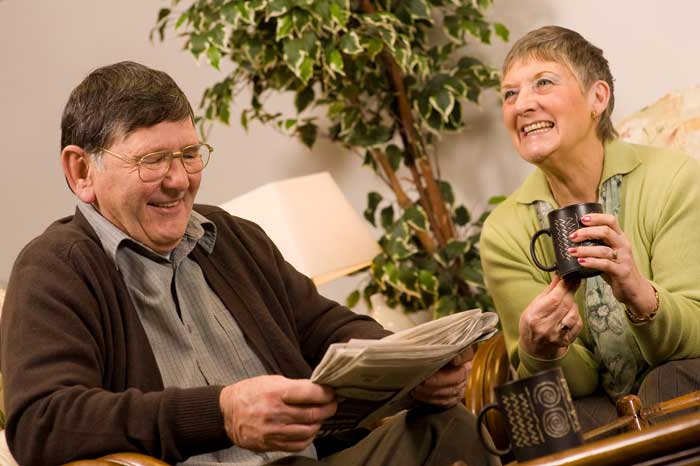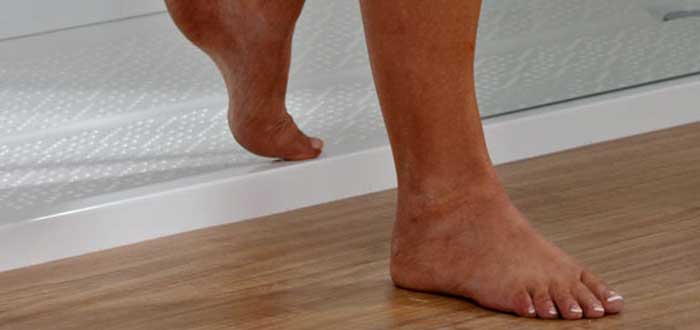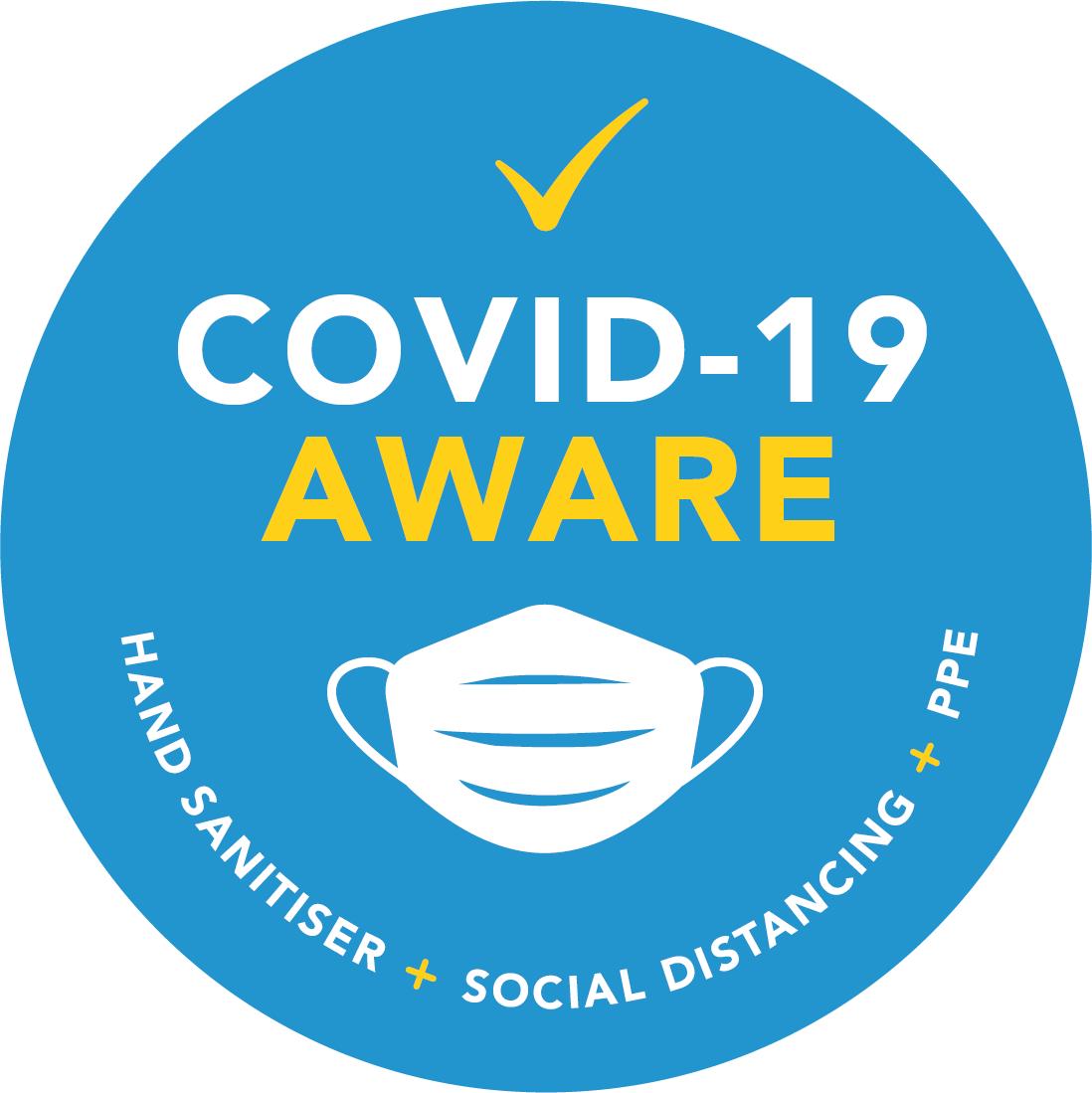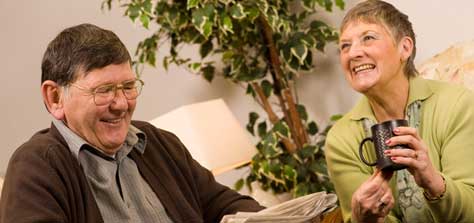According to the NHS, one in three adults over 65 who live at home will have at least one fall a year. Around half will have more frequent falls.
The CDC estimates that one in five falls cause serious injuries, such as a broken bone or a head injury. While most falls don’t cause any sort of injury, they can be emotionally damaging. Often, a fall can be cause us to avoid certain activities or certain areas of the house, because you’re afraid you’ll fall again.
Therefore, making sure you minimise the risk of falls at home is crucial. So we’ve compiled a list of tips to help you stay on your feet.
 Removing tripping hazards
Removing tripping hazards
This might seem like the most obvious idea, but it is also the most effective. Often, home fixtures and fittings can contribute to falls. For example, rugs can lose their tread over time – causing them to become slippery. A simple addition of a rug gripper can help prevent the rugs from sliding and prevent any falls. Make sure that you are also on the lookout for loose carpet or floorboards, as these can also be a hazard.
Another thing to consider is your pet. If they are low the ground, e.g. a small dog or cat, try fitting a bell to their collar so that you know where they are at all times, and you can avoid them when you are moving around.
Exercise regularly
Along with removing tripping hazards, exercise is one of the most obvious ways to minimise your risk of a fall. By exercising regularly, you can ensure that we stay steady on our feet and reduce any balance problems.
When planning out your exercise routine, try to stick to activities that improve muscle strength in your legs, arms, back, shoulders and chest. These are all important muscles that maintain balance, and can help you get back up in the event of a fall.
There are plenty of local community centres that offer free specialist classes for older people to train, but keep in mind that you can also exercise at home. YouTube is a great way to get free exercise videos that work for you – but we like HASfit videos, as he has plenty of videos for older people that only last 15 minutes and are low impact.
Keep in mind that exercise can be anything, and doesn’t have to be too strenuous. Using the stairs often, rising to a standing position from a chair, walking, gardening, Tai Chi and dancing are all great ways to stay active, without being too strenuous.
Choose appropriate footwear
Wearing well fitted shoes and slippers can help to dramatically reduce the risk of falls. Ensure that you are always wearing shoes or slippers inside – never walk indoors in bare feet, socks or tights.
However, your choice of footwear also helps. Make sure that your shoes fit properly. Shoes that have high sides and low heels are a good choice, but make sure that they also have a good grip. If they’re well-cushioned, even better, as they will offer comfort and support.
Bathing in safety
 One of the areas that can commonly cause you to fall is the bathroom. This is understandable, as baths are naturally incredibly slippery when in use. The high sides of baths can also cause you discomfort, as they can be quite tricky to climb over.
One of the areas that can commonly cause you to fall is the bathroom. This is understandable, as baths are naturally incredibly slippery when in use. The high sides of baths can also cause you discomfort, as they can be quite tricky to climb over.
The high temperature can also be a problem, especially for those with low blood pressure. The heat can sometimes cause you to feel faint in the shower.
Luckily, these problems can be easily solved. In the case of baths, a walk-in bath may help because, as the name suggests, you can easily walk into the bath without fear of having to climb in and slipping.
If you prefer a shower, some simple additions can be made to make it safer. Grab bars should be added, to help you with balance. There is also the option of a seat in the shower itself. This helps is you suddenly feel faint, as you can sit down and recover without having to worry about getting out of the shower. The seat also helps those that cannot stand for too long, for example if you suffer with hip or knee pain.
Fight the fear
Sometimes the fear of falling can be more debilitating than a fall itself. Often, this fear can then become difficult to address – but it is key that you do address it. Make sure you talk to your GP about it, as they can check you for any signs of injury, as well as see if there is anything wrong with your balance.
Check your eyesight and hearing
Both vision and hearing play a crucial role in balance, so it is important that you get them both checked regularly. You should have your eyesight checked every 2 years – as it helps to identify any difficulties with your prescription, as well as any other vision problems that may be affecting your balance.
Problems with your ears can dramatically affect your balance, so make sure you get them checked by your GP if you think there is a problem. Not all ear-related problems are severe, some can be as simple as a build-up of wax or an ear infection, but addressing them is the key.
Keep an eye on your medicines
It is important to make sure you are properly aware of how certain medicines make you feel. If your medicines are making you feel dizzy or faint, let your GP know. Some medicines are also known to affect balance, so it is crucial to talk to your GP – they may want to check or adjust the dosage you are taking, or possibly look at an alternative.
Further information
Following our key steps is an easy way to minimise the risk of a fall at home, but if you’re worried about anything you’ve read here – or anything else – talk to your GP.
If you’d like to know more about how we can help you stay safer in the bathroom, why not contact us for free to see what we can do for you.
You can also get more information about falls in the home from;







